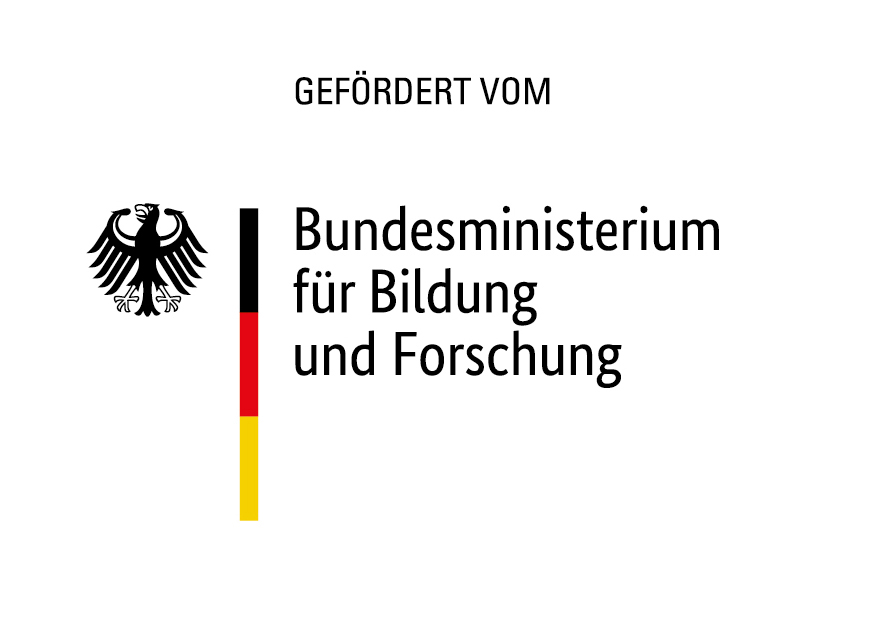Zusammenfassung
Participants often do not read consent forms in social science research. This is not surprising, especially for online studies, given they do not typically offer greater risk than what is encountered in daily life. However, if no one is reading, are participants really informed? This study used previous research to craft experimentally manipulated consent forms utilizing different visual presentations (e.g., greater use of line spacing, bullets, bolding, diagrams). Participants (n = 547) were randomly exposed to one of seven form variations. Results found no significant differences between forms in reading or comprehension. Open-ended questions asked participants why they do not read consent forms and what would influence them to read the forms. Participants most frequently stated forms need to be shorter, and important information needs to be highlighted. We suggest improvements to informed consent forms, including removing much of the information that is constant across forms, and only including unique aspects of studies.https://doi.org/10.1177/1556264617738846



